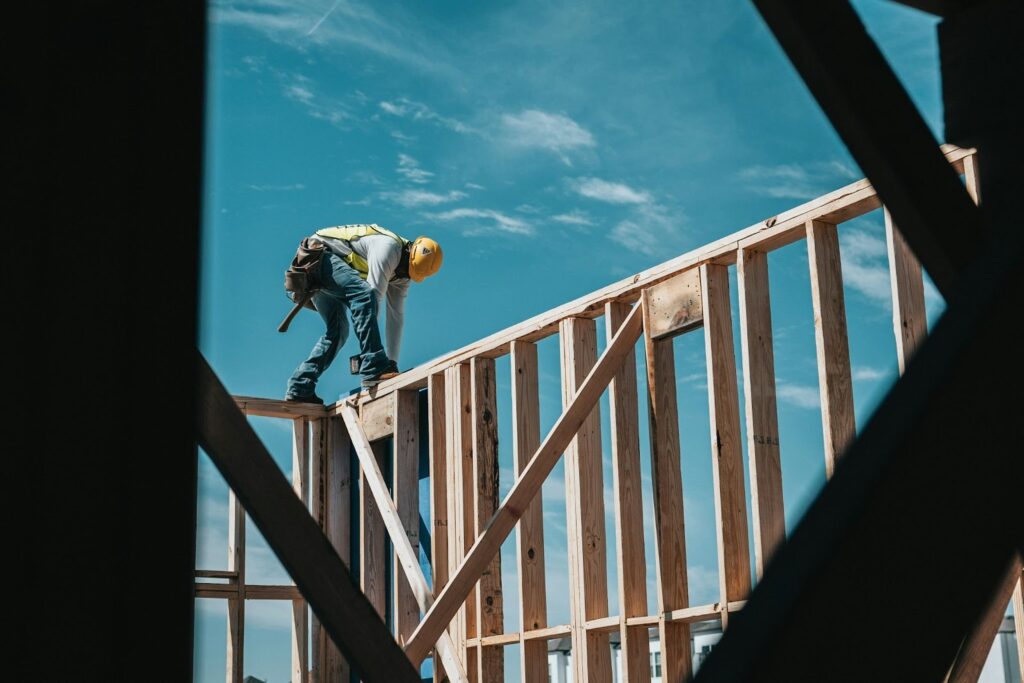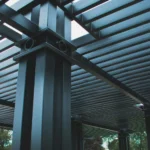Durability and maintenance are crucial factors to consider when choosing between metal and wood buildings. However, there is much more to explore when it comes to the durability and maintenance of these two building materials.
Metal buildings are known for their exceptional durability. Steel, the primary material used in metal construction, offers a wide range of benefits. Not only is steel impervious to pests, termites, and rot, but it also provides long-lasting protection against external elements.
This means that metal buildings can withstand harsh weather conditions, including heavy rain, snow, and intense sunlight. Additionally, metal buildings have high structural integrity, making them resistant to natural disasters such as earthquakes and strong winds. The strength and durability of metal buildings make them an excellent choice for industrial, commercial, and agricultural applications.
Durability of Wood Buildings
Wood buildings, while also durable, require regular maintenance to ensure their longevity. Without proper care, wood structures are susceptible to moisture, pests, and decay. However, with proper treatment and maintenance, wood buildings can withstand the test of time and offer a warm and inviting ambiance.
One advantage of wood buildings is their ability to absorb and release moisture, which helps regulate indoor humidity levels. This natural property of wood contributes to a healthier and more comfortable living or working environment. Additionally, wood has excellent insulation properties, providing energy efficiency and reducing heating and cooling costs.
The durability and aesthetic appeal of wood make it a popular choice for residential and commercial buildings.
Maintenance Requirements for Metal Buildings
Metal buildings have relatively low maintenance requirements, making them a practical choice for those seeking hassle-free construction. The metal panels used in construction are typically coated to prevent corrosion and require minimal upkeep.
Regular inspections to check for any signs of wear or damage and addressing them promptly can help maintain the structural integrity of metal buildings. Additionally, cleaning the metal surfaces periodically can help remove dirt, dust, and debris, keeping the building looking fresh and well-maintained.
With proper maintenance, metal buildings can continue to provide reliable and durable structures for many years to come.
Maintenance Requirements for Wood Buildings
Wood buildings require regular maintenance to protect against moisture, insect infestation, and decay. This includes periodic inspections, painting or staining, and ensuring proper ventilation and drainage systems to prevent water-related issues.
Regularly checking for signs of rot or decay and addressing them promptly is crucial in maintaining the structural integrity of wood buildings. Additionally, applying protective coatings or sealants can help prevent moisture penetration and extend the lifespan of the wood. With proper maintenance, wood buildings can retain their beauty and structural integrity for many years, providing a timeless charm and a connection to nature.
As you can see, both metal and wood buildings have their unique characteristics when it comes to durability and maintenance. Understanding these factors will help you make an informed decision based on your needs and preferences. Whether you choose the strength and resilience of metal or the natural beauty and warmth of wood, both options can provide reliable and long-lasting structures for various applications.











